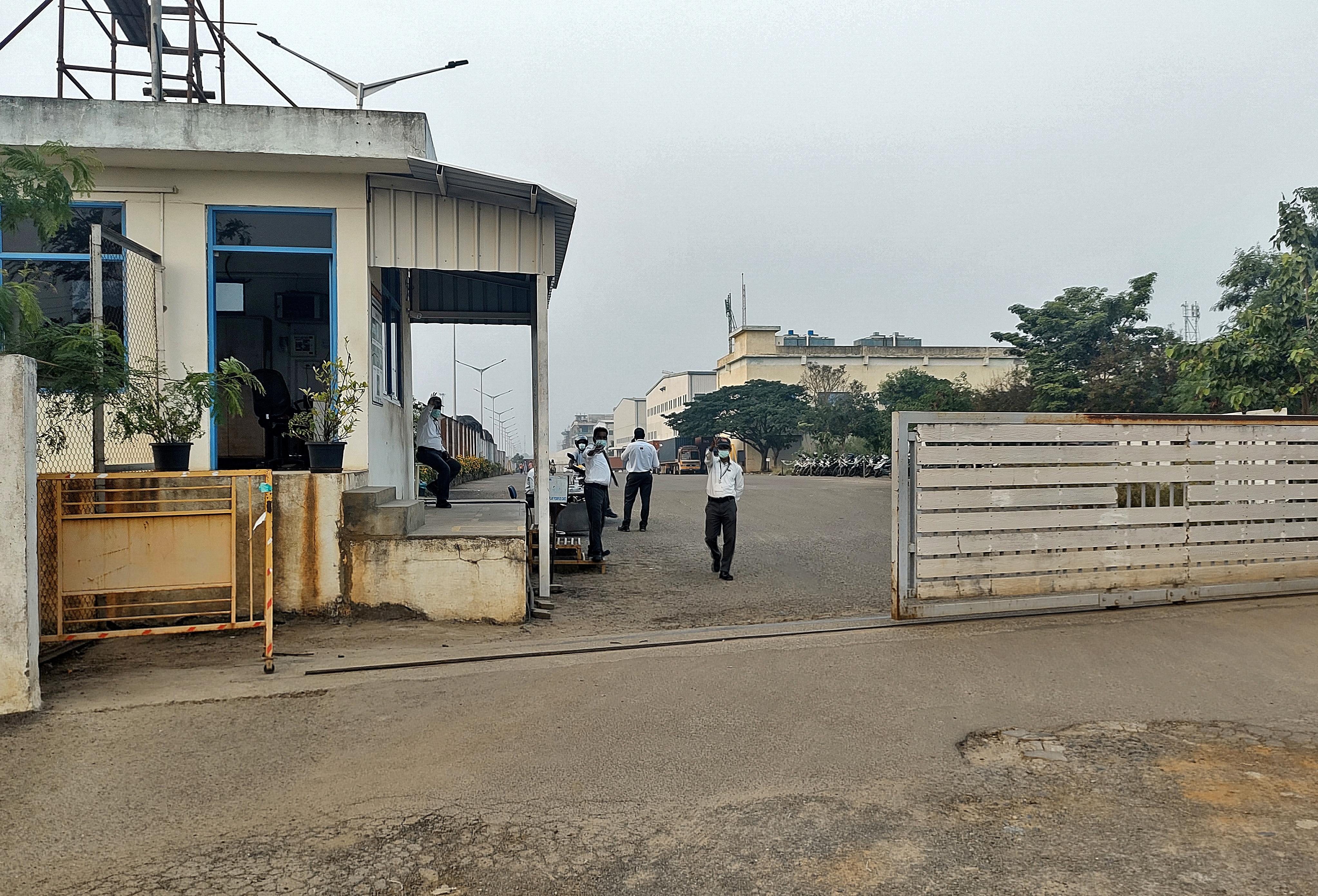According to recent studies, SARS-CoV-2 infection-related issues with blood iron levels and the body’s capacity to control this vital vitamin may significantly initiate prolonged COVID-19.The discovery may lead to ways to prevent or treat long COVID. It could also explain why similar symptoms are seen in other post-viral conditions and chronic inflammation.
Up to 3 in 10 people who get COVID-19 might develop long COVID, with symptoms like fatigue, shortness of breath, muscle aches, and memory problems. About 1.9 million people in the UK reported having long COVID as of March 2023.
Researchers at the University of Cambridge recruited COVID-19-positive individuals, including asymptomatic healthcare workers and hospitalized patients, to study the virus’s effects. Over a year, participants provided blood samples for analysis. Researchers tracked changes in their blood to understand the long-term development of COVID-19.
In a study published in Nature Immunology, they analyzed samples from 214 individuals. About 45% of them reported long COVID symptoms three to ten months later.
Dr Aimee Hanson, who worked on the study while at the University of Cambridge and is now at the University of Bristol, said: “Iron levels, and the way the body regulates iron, were disrupted early on during SARS-CoV-2 infection, and took a very long time to recover, particularly in those people who went on to report long COVID months later.”
“Although we saw evidence that the body was trying to rectify low iron availability and the resulting anemia by producing more red blood cells, it was not doing an excellent job of it in the face of ongoing inflammation,” she added.
Iron dysregulation was noticeable in severe COVID-19 cases and those with milder illness who later developed long COVID. Even after iron levels returned to normal, symptoms persisted.
Professor Hal Drakesmith from the University of Oxford explained that during infection, the body removes iron from the bloodstream to protect against bacteria. This response, typical in inflammation, redistributes iron in the body, creating an “iron desert” in the blood plasma.
Long-term infection-related iron deficiency impairs red and white blood cell metabolism and immune system performance. This defense mechanism, intended to ward off infections, may cause issues.
According to the study, iron dysregulation may be responsible for long-term COVID-19 and other post-viral illness symptoms like fatigue.
Early treatment of iron deficiency in COVID-19 may help avoid long-term health problems. Inflammation control and iron supplementation are possible strategies, but the latter may present difficulties.
Dr Hanson said, “It isn’t necessarily the case that individuals don’t have enough iron in their body; it’s just that it’s trapped in the wrong place. We need a way to remobilize the iron and pull it back into the bloodstream, where it becomes more useful to the red blood cells.”
The study aligns with accidental discoveries from other research, like the IRONMAN study on heart failure patients. Preliminary findings suggest they had fewer severe COVID-19 effects. Similar benefits were seen in people with beta-thalassemia, a blood disorder causing excess iron.
Understanding the relationship between iron levels and long-term COVID-19 could lead to better management and treatment strategies for individuals experiencing prolonged COVID-19 symptoms.
Journal reference:
- Hanson, A.L., Mulè, M.P., Ruffieux, H. et al. Iron dysregulation and inflammatory stress erythropoiesis associates with long-term outcome of COVID-19. Nature Immunology. DOI: 10.1038/s41590-024-01754-8.
Note: This article have been indexed to our site. We do not claim legitimacy, ownership or copyright of any of the content above. To see the article at original source Click Here













